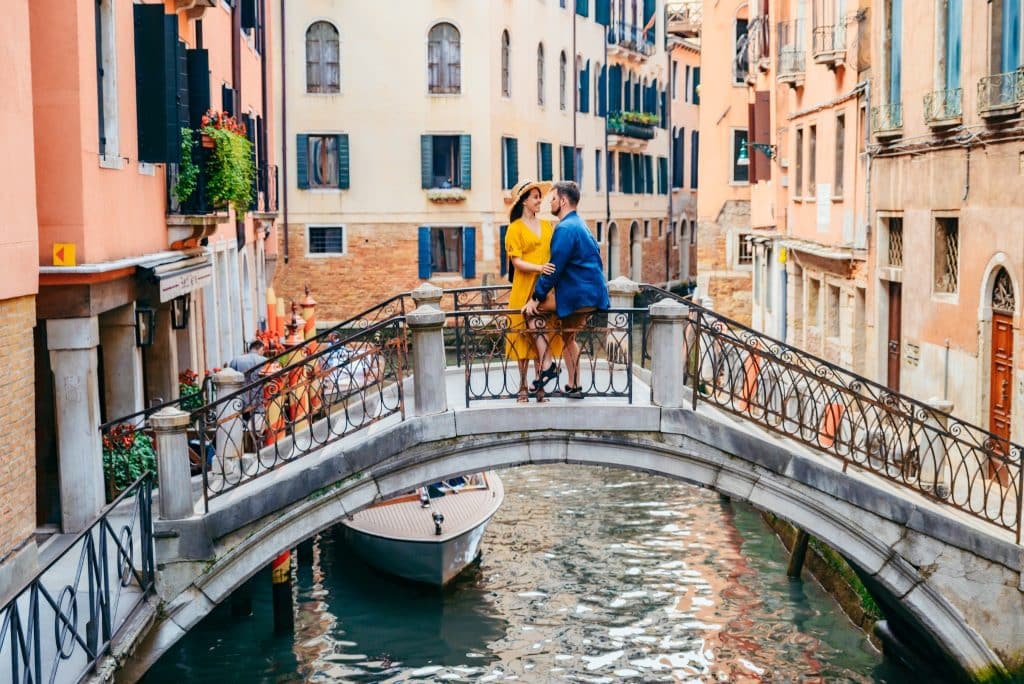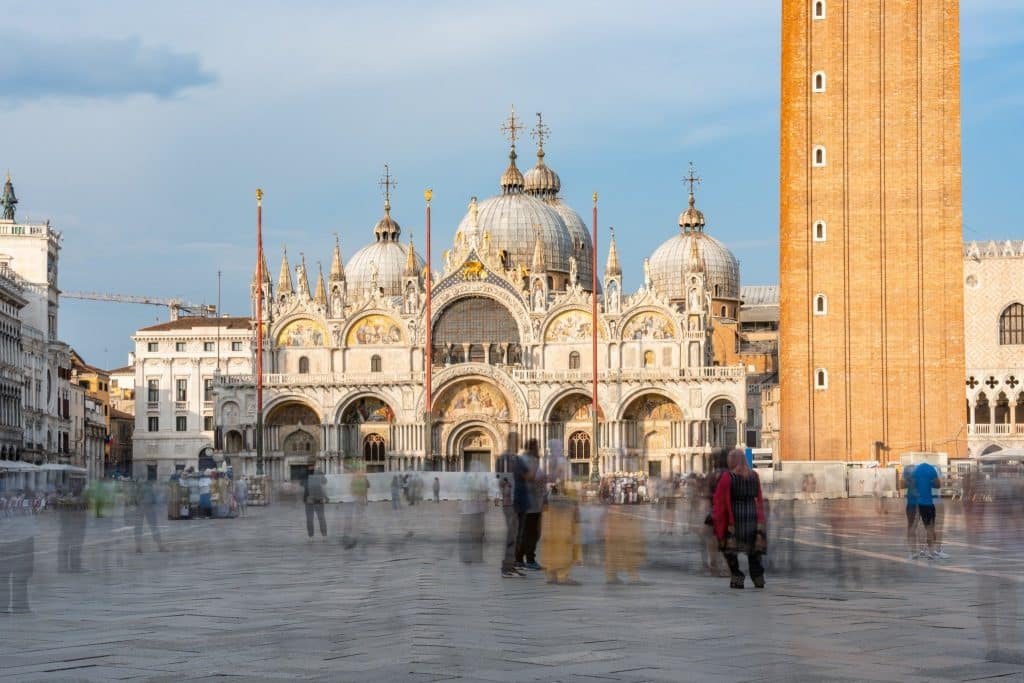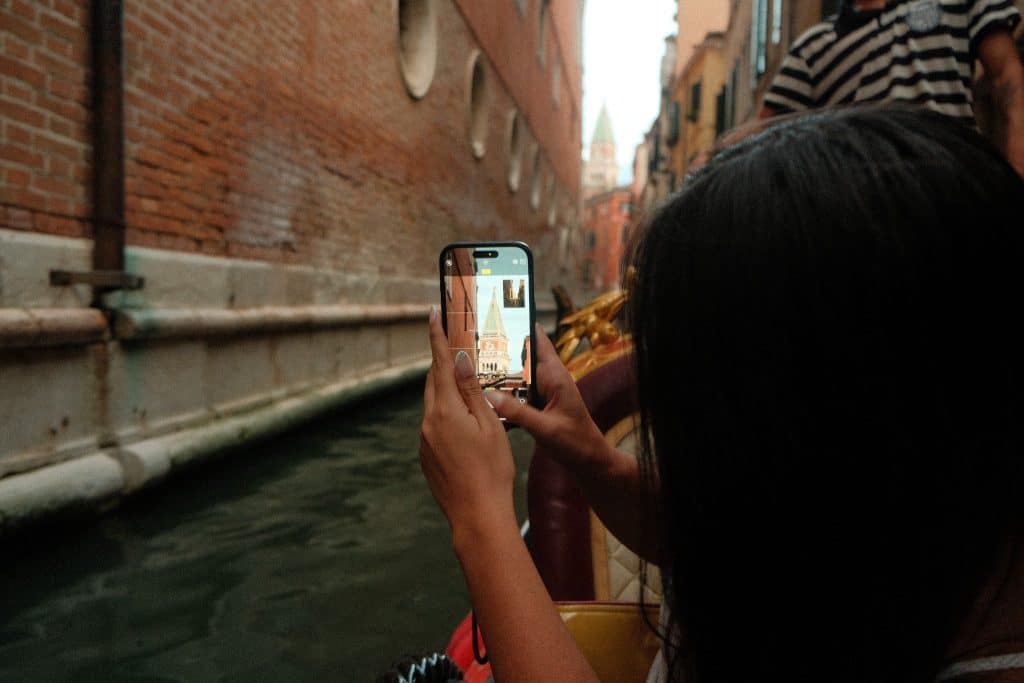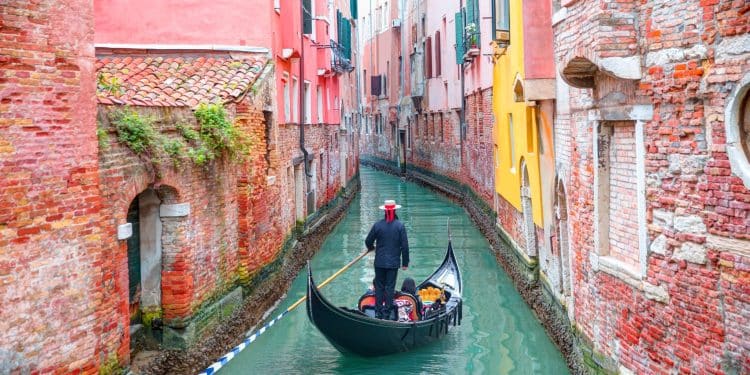When you think of Italy, images of winding streets, Vespa scooters, and endless traffic may come to mind. But when you travel to Venice, you step into an entirely different world. This unique Italian city is built on water, where canals replace roads and gondolas glide instead of cars. No engines, no honking, no fumes—just the quiet splash of oars and the echo of footsteps on stone bridges.
For travelers seeking charm, peace, and a setting unlike anywhere else, Venice is a dream. But beyond its postcard beauty, there’s a lot to know if you plan to explore this city without wheels.
Why Venice Feels So Different
One of the first things visitors notice is the quiet. Without cars, Venice lacks the constant background hum of engines that most cities live with. Instead, you hear church bells, chatter from small piazzas, and the occasional accordion tune drifting across a canal. When you travel to Venice, this atmosphere is part of the magic. The slower pace allows you to notice details you might otherwise miss: ornate balconies, crumbling stone steps leading into the water, or reflections of Renaissance façades shimmering in the canals.
A City Without Cars
Imagine a city where taxis float, ambulances sail, and grocery deliveries happen by boat. That’s everyday life in Venice. Cars have been banned here for centuries, partly out of necessity and partly to preserve its character. With canals crisscrossing the islands, roads simply never existed in the way we know them. So when you travel to Venice, expect to leave your car behind on the mainland. From there, you hop on water buses, gondolas, or walk through the narrow alleys that lead to hidden courtyards and centuries-old palaces. It is transportation with a rhythm all its own.

The Practical Side of Visiting
While the charm of a car-free city is undeniable, there are practical things to know before you travel to Venice. For example, hauling luggage over bridges with steps can be a workout. Most travelers rely on vaporetto (water bus) lines to move between districts. These are efficient, though often crowded. Gondolas, while iconic, are more of a tourist experience than a daily mode of transport. Taxis exist, but they float—wooden motorboats that speed across the lagoon. Learning how to navigate these options is part of the fun, and a good reminder that Venice was built to be walked and admired at a slower pace.
A City of Bridges
With over 400 bridges linking its islands, Venice is best explored on foot. When you travel to Venice, you’ll cross bridges constantly, each with its own personality. Some are simple stone crossings, others are elaborate with iron railings. The Rialto Bridge is the most famous, bustling with shops and tourists, but quieter bridges often give you the best views. Standing on one as gondolas drift underneath feels timeless, as if little has changed in centuries. Exploring bridges also reveals how Venetians adapted to life without cars, connecting every corner of the city with careful design.
Hidden Corners Beyond the Crowds
Venice is popular—sometimes overwhelmingly so. But the lack of cars means that even crowded areas still feel different from other tourist-heavy cities. When you travel to Venice, it helps to wander off the main routes. A quick turn can take you into narrow alleys where laundry hangs between windows, or into small squares where locals sip espresso far from the masses. Some of the city’s true charm lies here, in everyday moments. Exploring like this feels like a treasure hunt, one made easier by the slow rhythm of walking and the impossibility of rushing.
Staying on a Budget
Many people assume Venice is expensive, and in some ways it is. But traveling here doesn’t have to break the bank. From affordable hostels to small family-run trattorias, budget-friendly options exist if you know where to look. When you travel on a budget, Venice rewards curiosity. Skip the pricey canal-side cafés and eat where locals do, away from San Marco Square. Public water buses cost far less than gondolas, and exploring neighborhoods like Cannaregio offers a rich experience without the price tag. The car-free layout encourages walking, which is free—and often the best way to discover the city.
Travel Hacks for Venice
There are plenty of tricks to make your time smoother. For example, buy a vaporetto pass instead of paying per ride if you plan to use water buses often. Carry lighter luggage to avoid struggling with bridges. And don’t rely too much on GPS—signals can be spotty, and half the joy of visiting is in getting lost among the alleys. When you travel to Venice, the city rewards spontaneity. A little planning helps, but some of your best memories may come from wandering without a plan. You can find more travel hacks like these to make Venice easier and more enjoyable.
Epic Destinations Near Venice
Beyond the city itself, the Venetian Lagoon holds other gems. Murano is famous for glassmaking, while Burano charms visitors with its brightly painted houses. Torcello, quieter and less visited, holds some of the lagoon’s oldest structures. When you travel to Venice, these side trips add depth to your experience, showing how Venetian culture extends beyond the main islands. Each has its own story and rhythm, yet all share the absence of cars, preserving the lagoon’s unique atmosphere. To explore more epic destinations, Venice makes the perfect base.
The Must-See Sights
Venice is overflowing with landmarks: Piazza San Marco, the Doge’s Palace, and the Basilica di San Marco are just the beginning. Each place reveals a layer of the city’s history, from Gothic arches to Byzantine mosaics. When you travel to Venice, these sights are obvious highlights, but do not overlook quieter places like the Libreria Acqua Alta, a quirky bookstore where books are stacked in gondolas to avoid flood damage. Because you are on foot or boat, every journey to a landmark doubles as sightseeing, with beauty in every step and every canal crossing.

A Digital Nomad’s Dream—or Challenge?
For those working remotely, Venice presents both inspiration and difficulty. The city’s beauty is unmatched, offering stunning backdrops for your laptop sessions. But Wi-Fi can be inconsistent, and finding quiet cafés with strong connections takes effort. Still, many digital nomads are drawn here, captivated by the chance to balance work with gondola rides or lagoon sunsets. When you travel to Venice as a nomad, flexibility is key. Some stay for weeks, weaving work with exploration, others move on quickly. To see more digital nomad destinations like Venice, it’s worth comparing how different cities balance charm with convenience.
Food Without Cars
Dining in Venice is shaped by its geography. Deliveries arrive by boat, and ingredients reflect the lagoon’s bounty. Seafood dominates menus, from fresh clams in pasta to cuttlefish ink risotto. When you travel to Venice, trying these dishes is as essential as seeing the canals. Avoid tourist menus near San Marco, and instead seek osterias tucked away in side streets. Pair your meal with a glass of local prosecco, and you’ll taste why Venetians have thrived here for centuries without cars. Food here is not only about flavor but also about tradition passed down through generations.
Festivals and Culture
Venice is also a city of festivals. The Carnevale, with its elaborate masks and costumes, transforms the city into a living stage. Regattas fill the canals with decorated boats, celebrating Venice’s maritime heritage. When you travel to Venice during these times, you see it at its most vibrant. Streets and squares brim with energy, and the absence of cars makes it easy for crowds to gather without chaos. Culture here is experienced not only in museums but also in the streets, where tradition and community shape daily life.
Challenges of a Car-Free City
Of course, life without cars isn’t perfect. Flooding, known as acqua alta, complicates movement, with raised walkways set up during high tides. Crowds during peak season can make alleys congested. Accessibility is also an issue, with so many bridges lacking ramps. When you travel to Venice, it’s important to be prepared for these realities. But even with these challenges, the absence of cars makes the city safer, cleaner, and more charming than most destinations. It is a reminder that beauty often comes with trade-offs.
Preserving the Magic
Venice faces environmental threats, from rising sea levels to heavy tourism. Yet the city continues to adapt, just as it has for centuries. Sustainable tourism is encouraged, and visitors are reminded to respect local life. When you travel to Venice, consider staying longer instead of rushing through, supporting local businesses, and exploring beyond the busiest areas. By doing so, you help preserve what makes Venice unique—a city where water and history combine in ways unmatched anywhere else.
Photography Without Distractions
Venice is a paradise for photographers. Without cars, streets and squares remain uncluttered, giving clear lines of sight for capturing architecture and reflections. When you travel to Venice, every corner feels like a painting. From sunrise over the Grand Canal to quiet backstreets at dusk, the city offers endless frames. Tripods are rarely needed—just a keen eye and patience. The slower pace means you can wait for the right light or angle, free from the interruptions of traffic. For travelers who love photography, Venice is not just picturesque, it’s pure.

Why Car-Free Venice Matters
Venice proves that a city can thrive without cars. In a world dominated by traffic and fumes, it stands as a living example of a slower, more human scale of life. When you travel to Venice, you experience what happens when architecture, nature, and daily routines are built around walking and water. The city forces you to slow down, to pay attention, to savor. And that, perhaps, is the greatest gift Venice gives to its visitors.
Stepping Into Another World
Visiting Venice is more than a trip—it is stepping into a reality where cars do not define movement, where water shapes every aspect of life, and where beauty takes center stage. When you travel to Venice, you see not just a city, but an idea made real: that life can flow differently. Whether you come for the art, the food, the canals, or simply the chance to wander, Venice stays with you long after you leave.
For anyone who dreams of slowing down and finding beauty at every turn, to travel to Venice is to discover a world that still feels timeless. Explore more journeys like this at Viral Voyage, and keep your traveler’s heart open to the unexpected.



